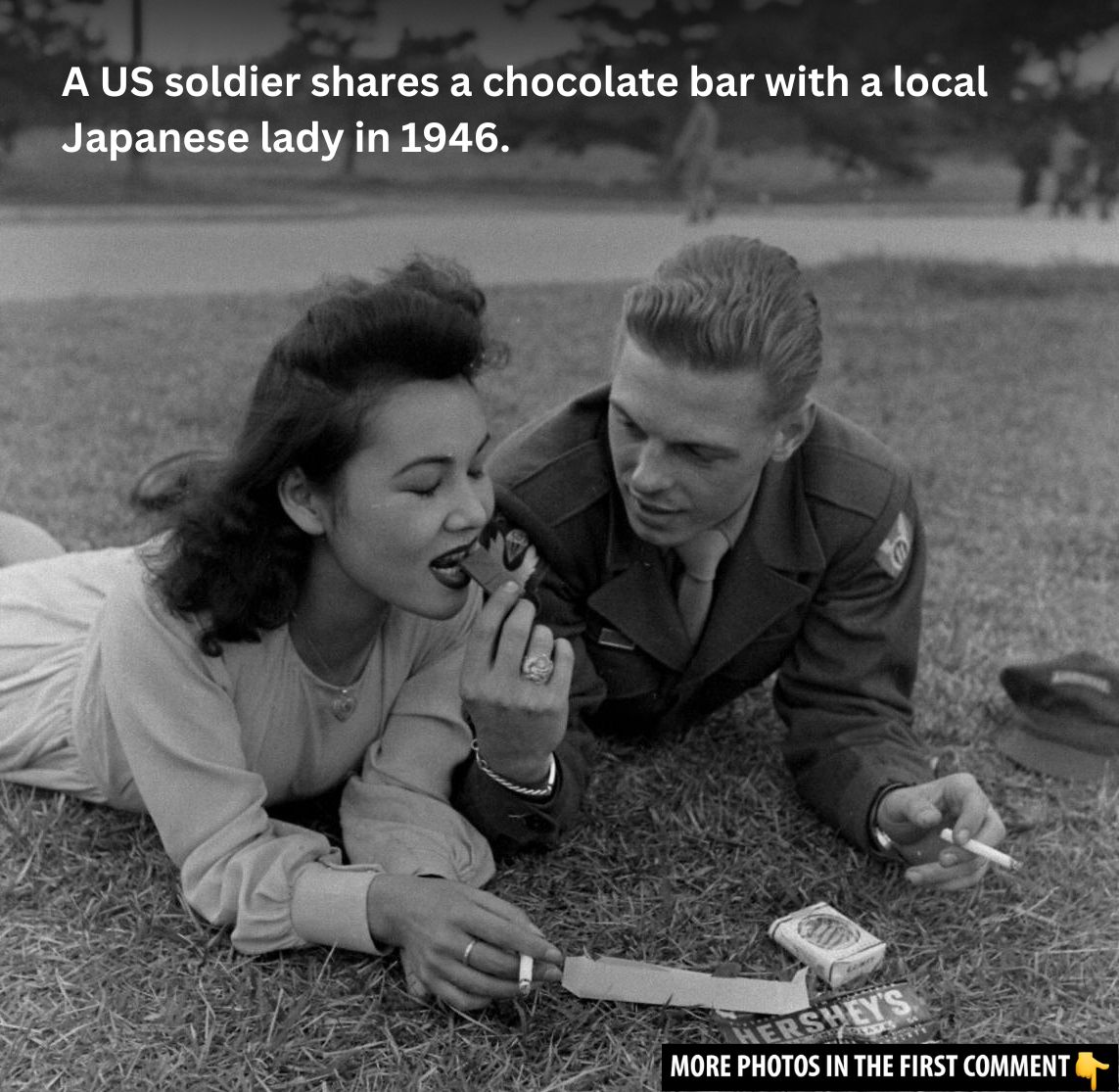In the wake of World War II, Japan was not just rebuilding its cities, but also grappling with the presence of American soldiers under strict occupation regulations. One such law, the anti-fraternization rule, prohibited relationships between US soldiers and Japanese civilians. Yet, despite these constraints, forbidden connections blossomed, captured forever in iconic 1946 photographs. These powerful images reveal moments of rebellion, where love, camaraderie, and defiance flourished, offering a glimpse into the complex human dynamics of post-war Japan.
US Soldiers and Japanese Locals After WWII
The surrender of Japan in 1945 led to the occupation by American forces, which brought both change and control to the island nation. The US imposed several regulations, one of which was the anti-fraternization law, which prohibited relationships, both romantic and otherwise, between American soldiers and Japanese civilians. The goal was clear: to avoid any further disruptions in the post-war order and to prevent soldiers from potentially forming bonds with a population considered to be “the enemy.” But the reality of life on the ground proved far more complicated.
As young American soldiers stationed in Japan began interacting with the local population, they faced a contradiction: a law designed to maintain control and order in a country they now occupied, and their natural inclination to form connections with the people they encountered. For many soldiers, Japan was not just a place to serve—it became a place where relationships were formed, however forbidden.
Video
Watch this video to learn what happened to the Japanese soldiers after WWII.
The Anti-Fraternization Law: Restricting Relationships
The anti-fraternization law was part of a larger set of occupation regulations meant to assert control over the daily lives of Japanese civilians and American soldiers alike. It essentially forbade any socializing between the two groups, particularly in terms of personal relationships. The law was based on the idea that American soldiers should not bond with the “enemy” and that such relationships might compromise the integrity of the occupation. This law was enforced strictly, and violations could result in punishment or removal from Japan.
Despite these rules, it wasn’t long before the humanity of both the soldiers and the local people began to prevail over the written word. While some soldiers followed the law out of respect for the occupying forces, others found ways to push back against the restrictions. The allure of personal connections, of shared experiences in a foreign land, made the idea of remaining disconnected increasingly difficult.
Breaking the Rules: Defying Occupation Regulations
The tension between rules and desire is captured in several stunning photographs taken in 1946, which portray moments of human connection that defy the anti-fraternization law. From sharing a cigarette to holding hands in public, the images depict the emotional and physical closeness that could not be contained by occupation rules.
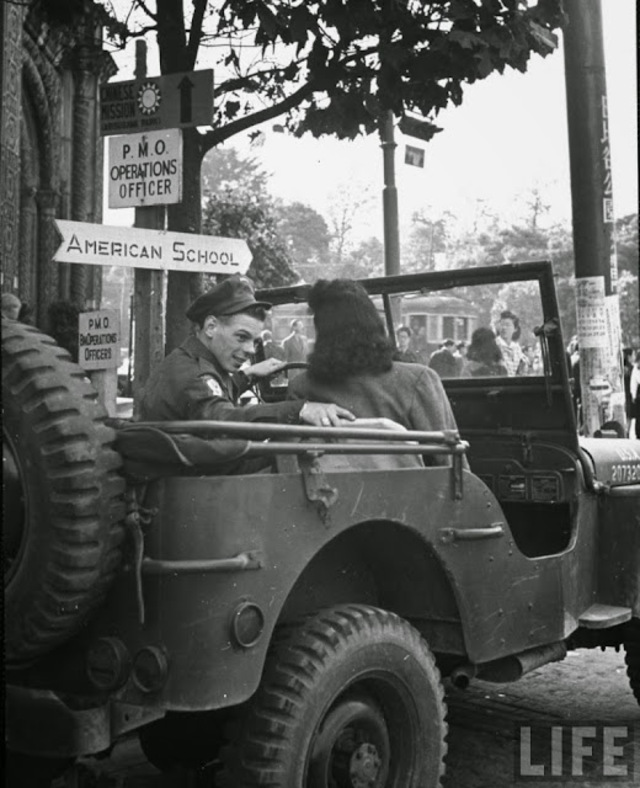
One particularly striking photograph shows a US soldier and a Japanese girl sharing a kiss—an act forbidden by the law. In another, a soldier gives a local girl a ride in a jeep, clearly a violation of the restrictions placed upon them. These photos are not just moments captured on film; they are symbols of defiance, human connection, and the complexities of occupying a foreign land after a devastating war.
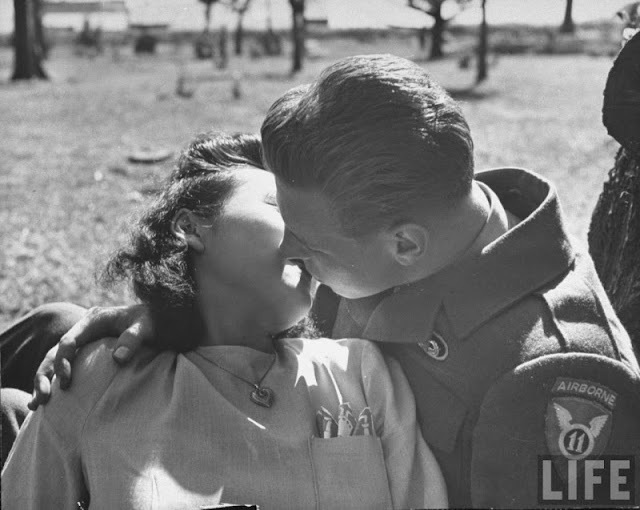
As much as the occupation sought to control these interactions, the desire for connection between soldiers and locals could not be easily restrained. The images taken during this time reflect the humanity of those involved, their ability to transcend the regulations in search of something more meaningful.
Capturing the Forbidden Moments: Photographs of Defiance
The photographs of this era, many captured by the talented photographer John Florea, immortalize these fleeting moments of rebellion. The images are powerful, showing not just the forbidden acts but also the subtle emotions involved in the exchanges. Soldiers and local girls share not only simple items like chocolate bars and cigarettes, but intimate experiences that speak to the power of human connection. These photos reveal the contradictions of life under occupation—laws intended to keep people apart, but human emotions that demand to be expressed.
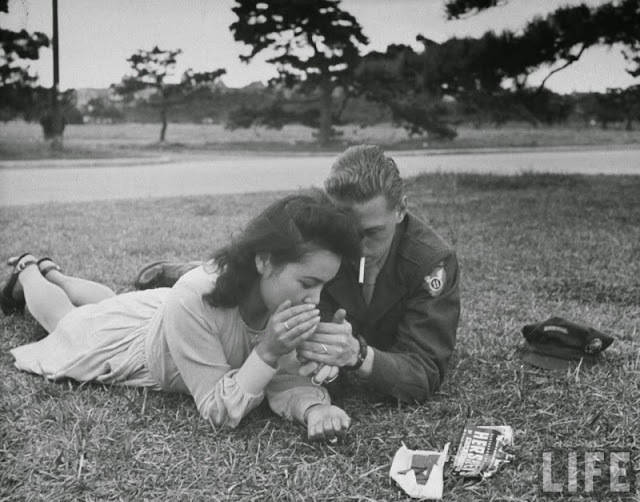
One poignant image shows a soldier and a local girl sharing a meal in a local establishment, shoes neatly placed at the door—a simple act of domesticity amidst a turbulent political backdrop. In these photos, there is no sense of the animosity that had been expected; instead, there is warmth, tenderness, and an undeniable longing for connection. The photograph becomes an act of defiance, a statement that, no matter how much control was exerted, the human spirit could not be so easily contained.
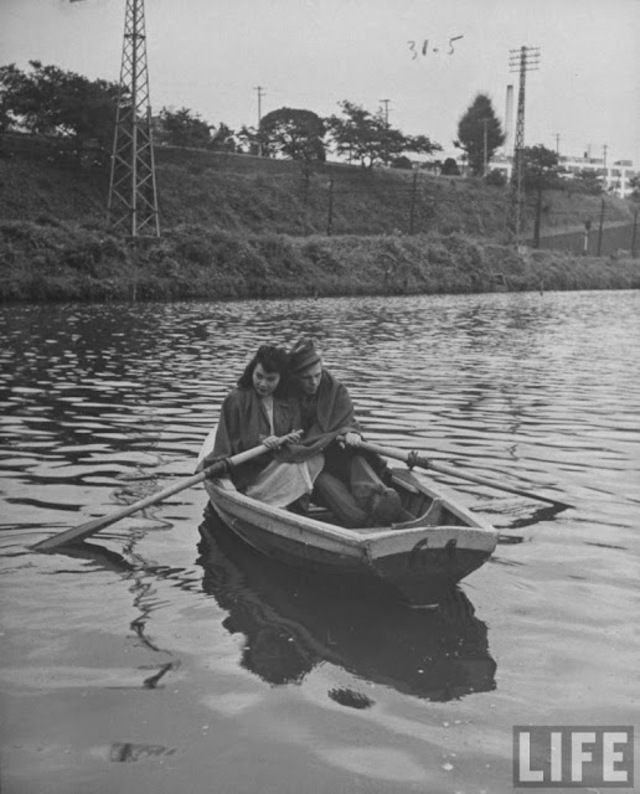
Everyday Encounters: A Glimpse Into the Lives of Soldiers and Locals
Beyond the forbidden acts of intimacy, many of the photographs show more innocent encounters between the soldiers and Japanese locals. A shared laugh, a brief touch, or simply enjoying a quiet moment together in public—these are the moments that speak volumes about the resilience of human connection in the face of occupation.
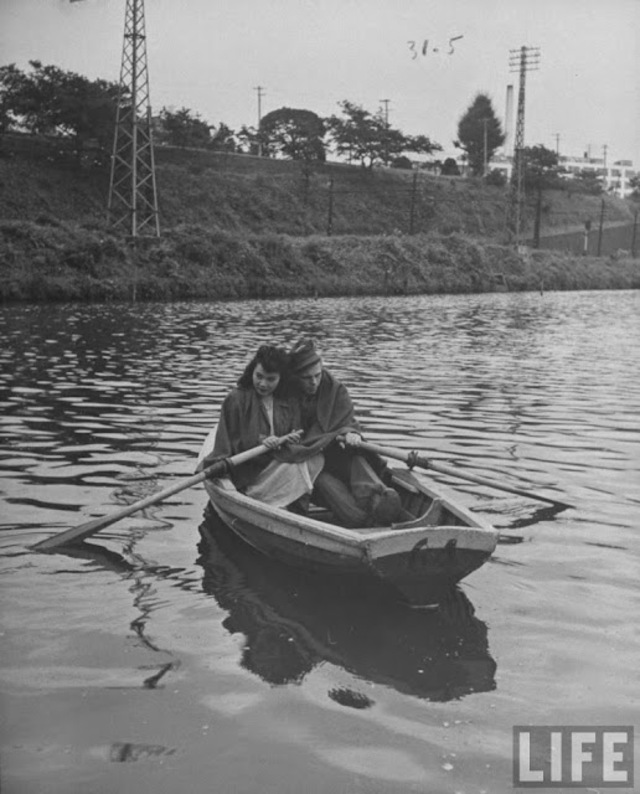
In one image, a soldier and a Japanese girl can be seen rowing together on a pond—an act permitted under occupation laws but still full of unspoken defiance. While the law prohibited much more intimate interactions, the image of two people together on the water reflects a different kind of rebellion—one where the regulations can’t take away the joy of companionship and shared humanity.
Gallery: Vivid Images of Life Under Occupation
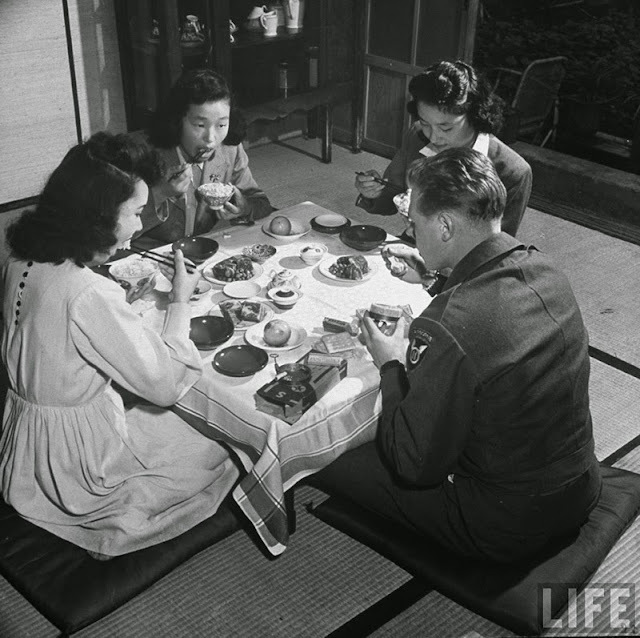
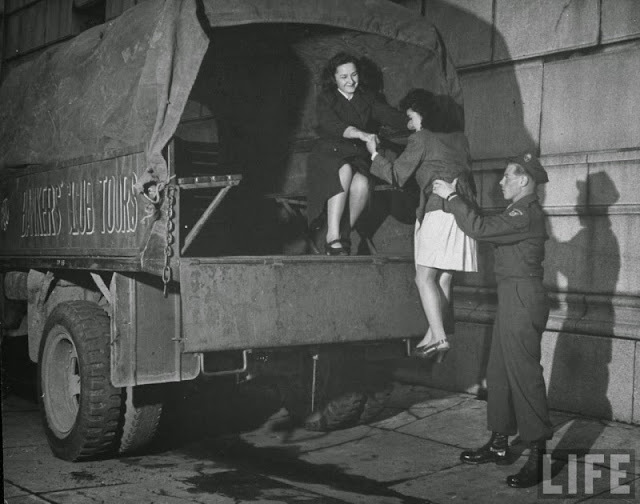
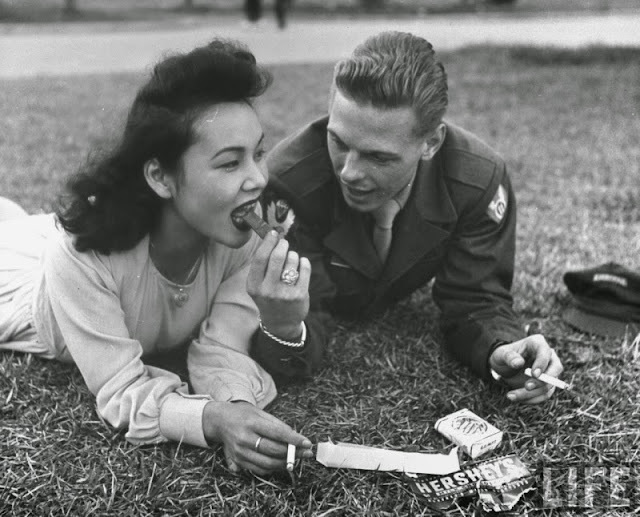
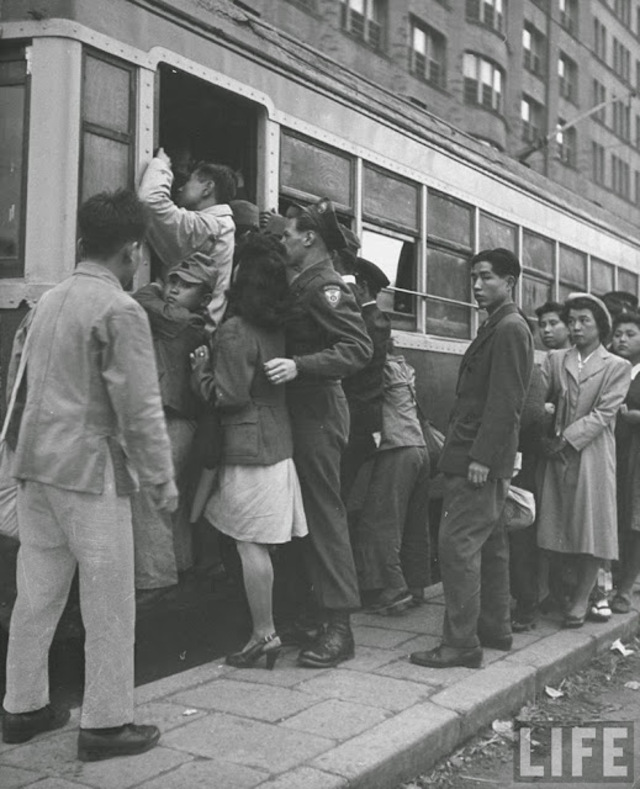
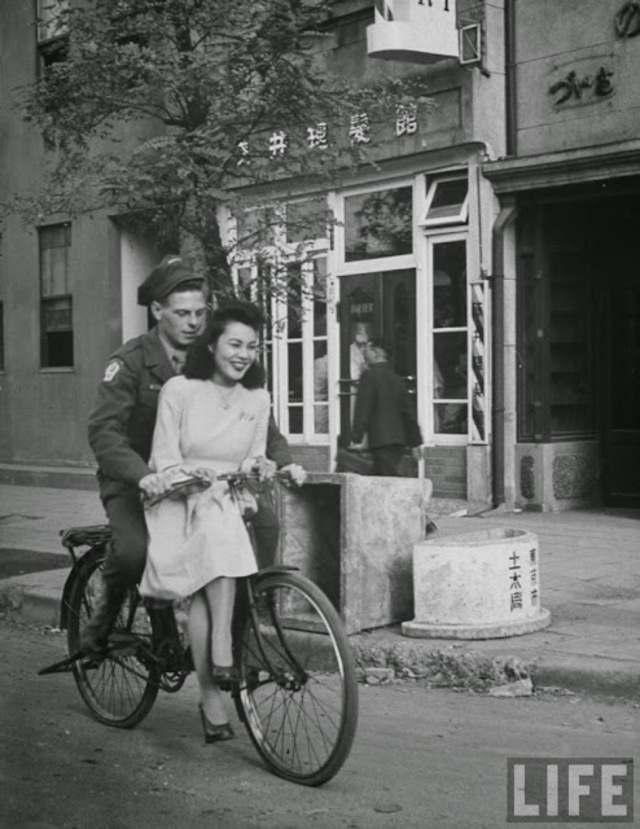
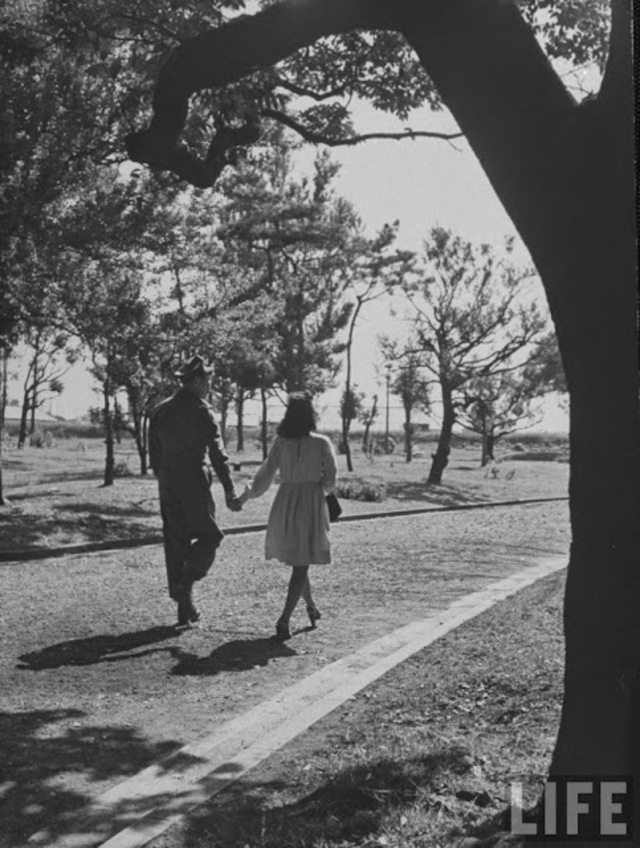
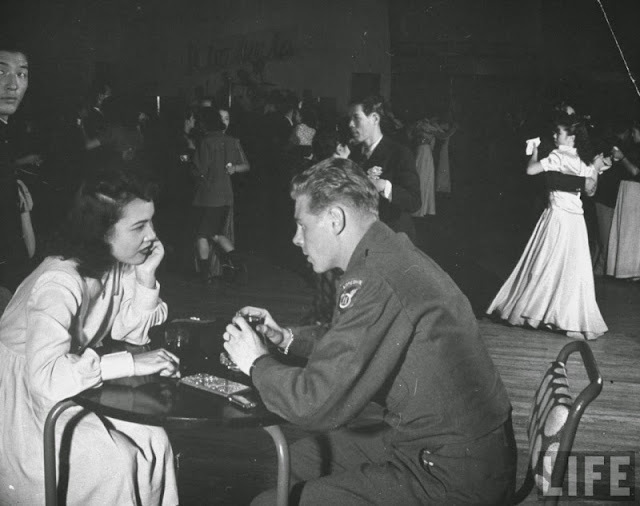
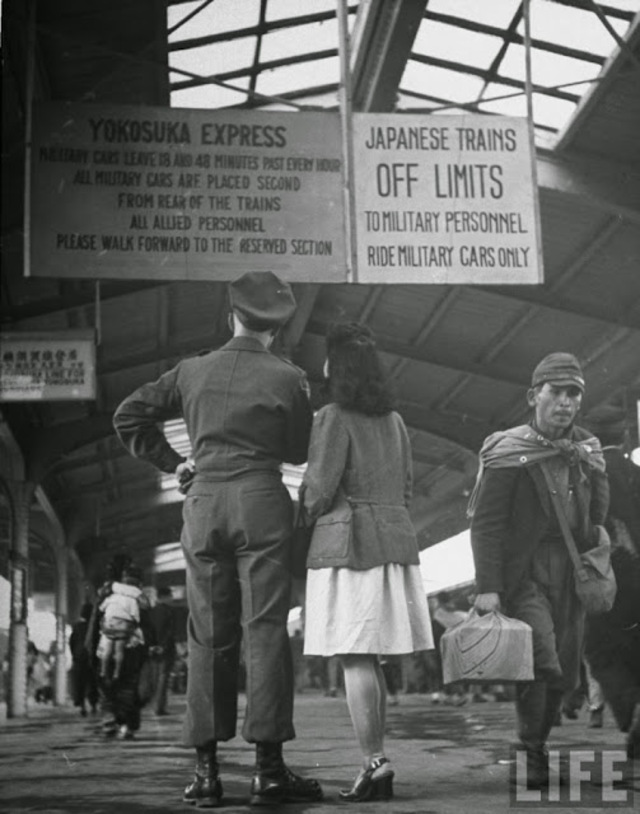

Video
Watch this video to meet Japan’s World War II orphans born to US soldiers and Japanese mothers, featured by FRANCE 24 English.
Conclusion: The Legacy of Post-War Relationships
These striking images remind us of the complexities of human interaction in times of conflict. They show that even in the most controlled and regulated environments, the human desire for connection and affection cannot be easily suppressed. The photographs from 1946 illustrate the contradictions inherent in the post-war occupation of Japan—an occupation meant to enforce order but one that was often defied by the very people it sought to control.
The relationships that emerged between US soldiers and Japanese civilians may have been fraught with difficulty and opposition, but they also reflect the power of empathy and connection. These forbidden moments captured on film are more than just historical artifacts; they are a testament to the resilience of the human spirit in the face of repression. The stories of those who lived through these moments remind us that even in the darkest times, love and friendship can thrive.
